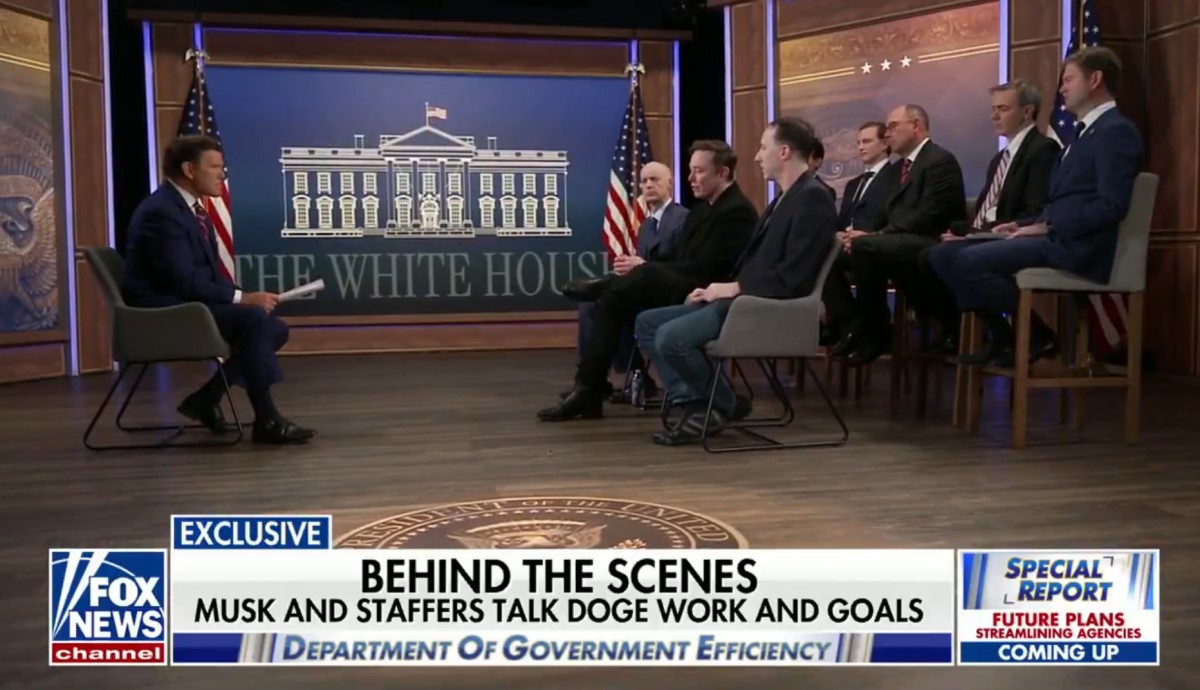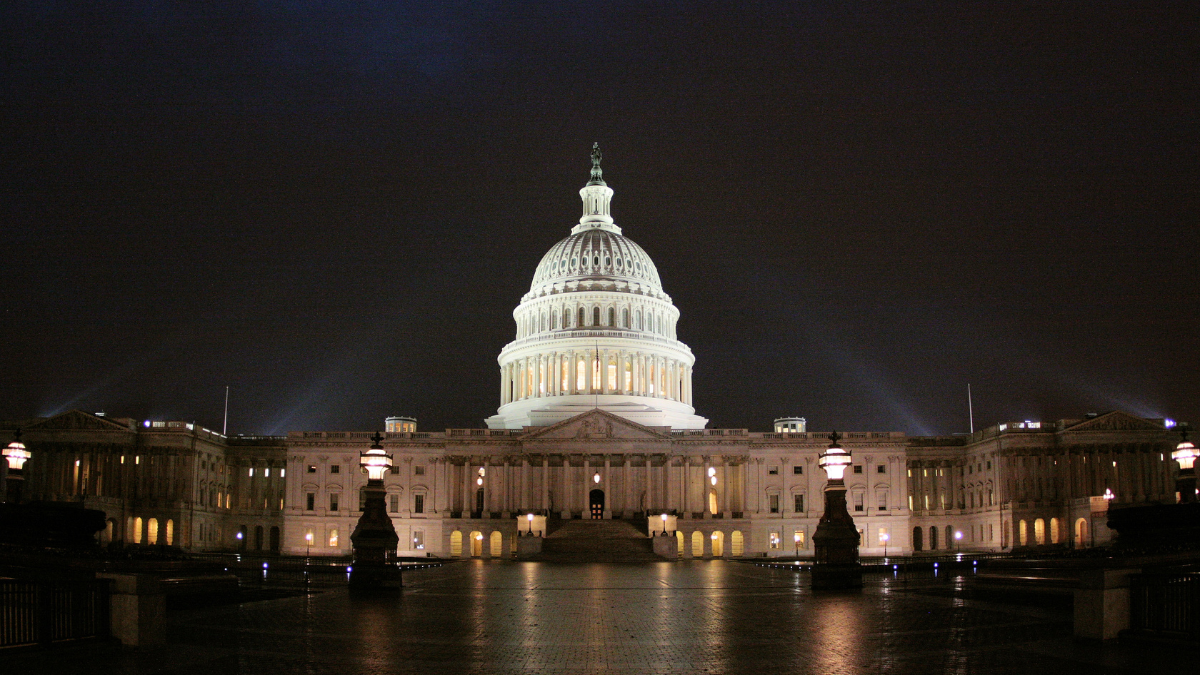Cost of Servicing the Federal Debt at Highest Level In a Generation
Key federal budget metric hits worst mark in a generation
The cost of servicing the federal debt hit the highest level in 23 years in the first quarter of this year, a Thursday report from the Bureau of Economic Analysis indicated, showing the rising strain of massive deficits on government finances.
Federal spending on interest payments rose to 3.5% of GDP, the highest such mark since the first quarter of 2000. In dollar terms, the federal government spent about $230 billion on interest in the quarter.
EXISTING HOME SALES FALL AND PRICES DROP AMID WORSENING HOUSING ROUT
Net interest costs are a key indicator of the health of the federal government’s finances. They have been cited by both Democratic and Republican administrations as a sign of how much room the Treasury has to take on further debt.
Even though the government had run massive deficits in recent years, thanks especially to emergency pandemic spending, interest costs stayed low because interest rates fell to historic lows, allowing the Treasury to finance huge amounts of new debt cheaply.
But times have changed.
“For all those years when interest rates were low, there were cries to borrow more — and this is a reminder why we shouldn’t,” said Maya MacGuineas, the president of the bipartisan Committee for a Responsible Federal Budget, a group that advocates lower deficits.
Yields on 10-year Treasury notes, for example, have jumped from about 1.5% at the start of last year to about 3.4%. The interest rate environment has also changed dramatically, as inflation soared over the course of the past few years and the Federal Reserve scrambled to raise its interest rate target.
The fast rise in net interest costs is a problem for the government’s fiscal situation. The government is projected in the years ahead to spend more on servicing the debt than on defense or Medicaid, the health insurance program for low-income people, MacGuineas noted.
In the past, President Joe Biden’s economic advisers have cited low interest costs as a justification for taking on new debt to finance domestic programs.
Treasury Secretary Janet Yellen, for instance, cited low interest rates in calling on Congress to “act big” in 2021 to approve massive coronavirus relief spending.
CLICK HERE TO READ MORE FROM THE WASHINGTON EXAMINER
Conversely, high interest rate costs put pressure on Congress and the Clinton White House in the 1990s to limit deficits, leading to a major Democratic deficit reduction bill in 1993 and a bipartisan budget deal in 1997.
The Congressional Budget Office previously projected interest costs to rise as a share of the economy, crowding out other parts of the federal budget.
“This is just the beginning. Interest costs are projected to break records within a decade and eventually become the largest federal expenditure,” said Brian Riedl, a fiscal expert at the conservative Manhattan Institute. “And if interest rates continue rising, every percentage-point hikes Washington’s interest costs by $3 trillion over the decade and $30 trillion over 30 years. Scaling back debt and interest costs is vital to averting large tax hikes.”
" Conservative News Daily does not always share or support the views and opinions expressed here; they are just those of the writer."





Now loading...